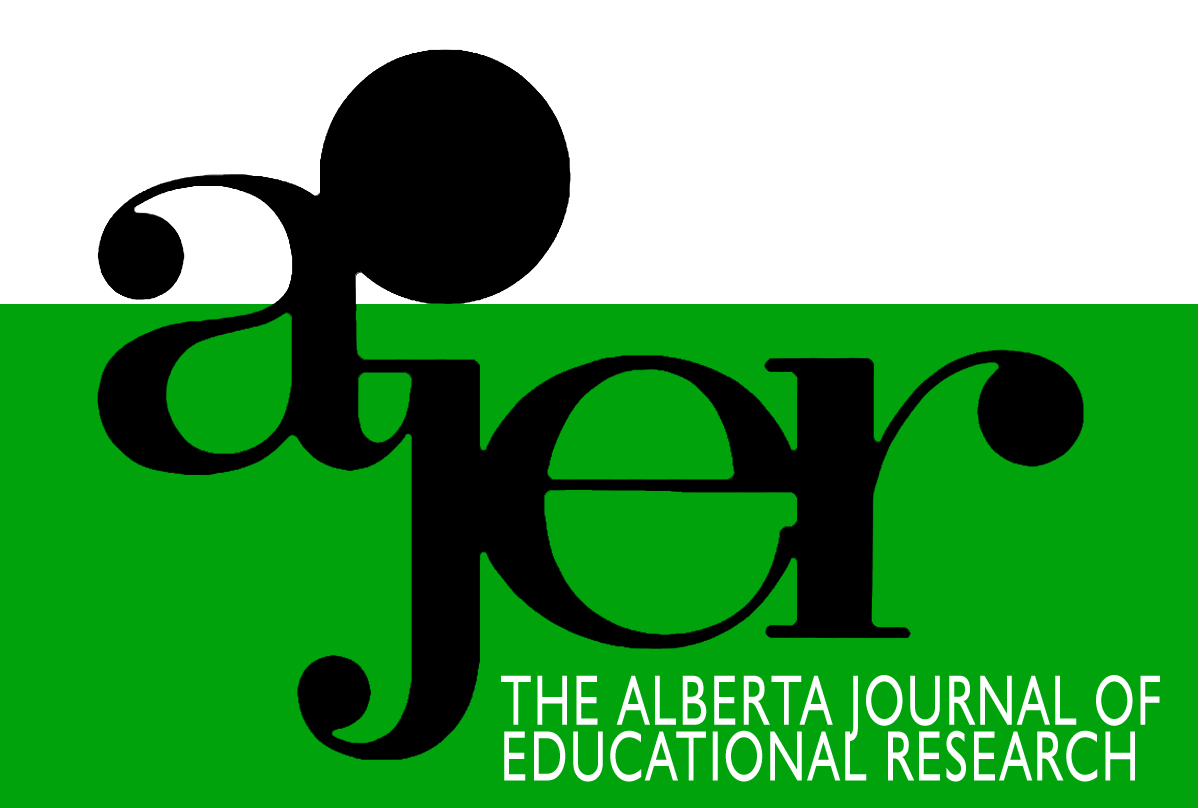Educators Responding to Rapid Demographic Change in New Brunswick: “It is not Inclusion if They Are Just Sitting in the Desk”
DOI:
https://doi.org/10.55016/ojs/ajer.v67i2.68630Abstract
New Brunswick has experienced a decline in population in recent years. Successive governments are attempting to increase its population through various population and economic strategies, including immigration. Our research investigates how New Brunswick educators and school leaders are responding to the demographic changes in their schools and communities. Guided by constructivist epistemology, we analyzed qualitative data (i.e. surveys, focus group and individual interviews, public policy and school documentation, and extensive field notes) from case studies in two New Brunswick high schools in neighboring communities that confronted rapid demographic change the past five years. Six main themes were constructed from the data sources we analyzed. The themes are further described and relate to: Educational Challenges; Stress and Anxiety; The School Environment; The Education System; Sustainable Professional Development; and Fostering Positive Relationships. From these themes, we construct several suggestions for better pedagogical and leadership practices in demographically changing schools in New Brunswick. As New Brunswick continues to welcome people from all over the world, it is imperative that educators, school leaders, public policy-makers, and community members work closely and collaboratively to support population and economic growth in all sectors, and ensure all new Canadians feel welcome and a sense of belonging within the province.
Key words: New Brunswick, Immigration, Demographic Change, Diversity, Intercultural Leadership, Citizenship Education, Social Justice, Social Action
La population du Nouveau-Brunswick a connu un déclin au cours des dernières années. Les gouvernements successifs tentent d'augmenter sa population par diverses stratégies démographiques et économiques, dont l'immigration. Notre recherche examine la réaction des éducateurs et des dirigeants scolaires du Nouveau-Brunswick aux changements démographiques dans leurs écoles et leurs communautés. Guidés par l'épistémologie constructiviste, nous avons analysé des données qualitatives (c'est-à-dire des sondages, des entretiens individuels et de groupe, de la documentation sur les politiques publiques et les écoles, et des notes détaillées prises sur le terrain) provenant d'études de cas dans deux écoles secondaires du Nouveau-Brunswick situées dans des communautés voisines qui ont été confrontées à un changement démographique rapide au cours des cinq dernières années. Six thèmes principaux ont été construits à partir des sources de données que nous avons analysées. Les thèmes sont décrits plus en détail et se rapportent aux sujets suivants : Les défis éducatifs ; le stress et l'anxiété ; l'environnement scolaire ; le système éducatif ; le développement professionnel durable ; et la promotion de relations positives. À partir de ces thèmes, nous élaborons plusieurs suggestions pour améliorer les pratiques pédagogiques et de leadership dans les écoles du Nouveau-Brunswick qui connaissent des changements démographiques. Comme le Nouveau-Brunswick continue d'accueillir des gens de partout dans le monde, il est impératif que les enseignants, les dirigeants scolaires, les décideurs publics et les membres de la communauté travaillent en étroite collaboration pour soutenir la croissance démographique et économique dans tous les secteurs, et pour s'assurer que tous les nouveaux Canadiens se sentent bienvenus et ont un sentiment d'appartenance à la province.
Mots-clés: Nouveau-Brunswick, immigration, changement démographique, diversité, leadership interculturel, éducation à la citoyenneté, justice sociale, action sociale
Downloads
Downloads
Published
How to Cite
Issue
Section
License
UNIVERSITY OF ALBERTA COPYRIGHT LICENSE AND PUBLICATION AGREEMENT
If accepted, authors will be asked to sign a copyright agreement with the following points:
A. Where there is any inconsistency between this Copyright License and Publication Agreement and any other document or agreement in relation to the same subject matter, the terms of this Agreement shall govern.
B. This document sets out the rights you are granting in relation to publication of your article, book review, or research note entitled (the “Article”) through inclusion in the academic journal titled Alberta Journal of Educational Research (the “Journal”) published through the Faculty of Education, representing the Governors of the University of Alberta (the “Journal Editor”).
C. There will be no payment to you for this publication and grant of rights. In consideration of the agreement to publish the Article in the Journal:
1. You are warranting that:
- the content of the Article is your original work, and its content does not contain any material infringing the copyright of others; or, where the Article is not entirely your original work, you have obtained all necessary permissions in writing to grant the rights you are giving in this agreement;
- the content of the Article does not contain any material that is defamatory of, or violates the privacy rights of, or discloses the confidential information of, any other person;
- the Article has not been published elsewhere in whole or in part, and you will not allow publication of the Article elsewhere without the consent of the Journal Editor;
- the names of all co-authors and contributors to the Article are:
2. You agree to license the copyright in the Article to the Journal Editor, on a worldwide, perpetual, royalty free basis; and to the extent required by the terms of this agreement. You shall retain the right at all times to be acknowledged as the/an author of the Article.
3. You further agree that the Journal Editor has the entitlement to deal with the Article as the Journal Editor sees fit, and including in the following manner;
- The right to print, publish, market, communicate and distribute the Article and the Journal, in this and any subsequent editions, in all media (including electronic media), in all languages, and in all territories, ing the full term of copyright, and including any form of the Article separated from the Journal, such as in a database, abstract, offprint, translation or otherwise, and to authorize third parties to do so;
- The right to register copyright of the Journal;
- The right to edit the Article, to conform to editorial policy as the Journal Editor sees fit.
4. If any co-author or contributor to the Article does not sign this agreement, the Journal Editor reserves the right to refuse to publish the Article.



